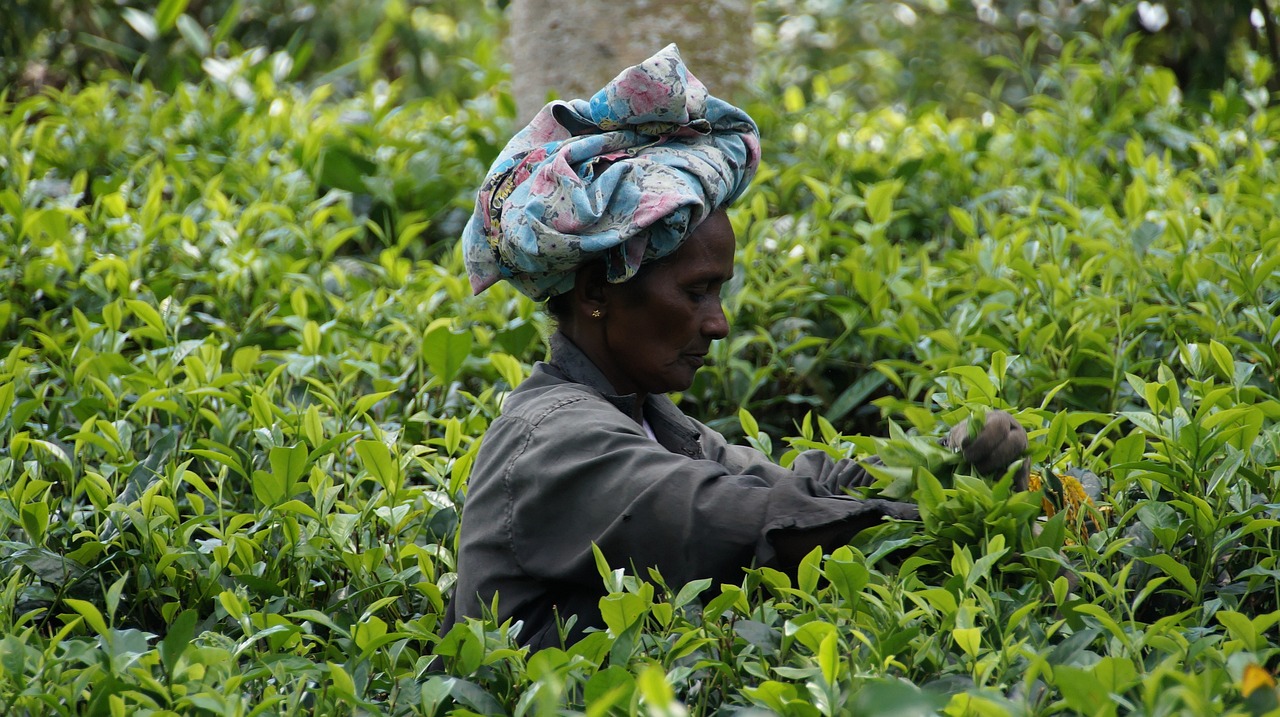In a study based on a primary survey of 5,000 workers in Assam conducted from October to December 2020, focused on evaluating the adequacy of wages in relation to the concept of 'living wage' as defined by the International Labour Organization (ILO) and the Supreme Court's precedent in India.
Tea plantation workers in Southern India, specifically in Kerala, Tamil Nadu, and Karnataka, generally earn slightly more than their counterparts in Assam, according to another study. For instance, a tea plucker in South India earns little more than half (57%) of what a tea plucker in Assam makes. The minimum wage for tea estate workers in Tamil Nadu was recently increased to ₹425.40 per shift, whereas the average monthly earnings in the tea sector in India hover around the ₹8,300 threshold. However, it's essential to note that these averages can differ widely depending on individual circumstances and location within the region.
The main findings of the first report are as follows:
Table of contents [Show] 1. Income and Expenditure | The average family income per month, before deductions, is ₹4,774. |
| Monthly expenditure on food consumption averages ₹1,854 per person, while non-food expenditure amounts to ₹3,895 per person. | |
| After deductions by the employer (average ₹778), the in-hand income is around ₹3,996 per month. | |
2. Actual Wages | Workers are entitled to ₹167 per day inclusive of cash and non-cash benefits, but they typically receive between ₹160 and ₹180 per day across the districts. |
3. Living Wage Calculation | The study estimates that for a dignified life, workers should receive ₹285 per day for food expenses and ₹599 per day for non-food expenses, totaling a living wage of ₹884 per day. |
| This proposed living wage is 81 percent higher than the actual wages received by workers and 54 percent more than the National Minimum Wage suggested for Assam. | |
4. Gender Disparities | Women earn only around 80 percent of what men earn, with an average monthly income of ₹3,745 compared to ₹4,672 for men. |
5. Household Characteristics | Nearly all workers (99 percent) reside with their families, with a bimodal distribution of household sizes. |
| Contractualization is prevalent, with only 39 percent of workers considered permanent. | |
6. Impact of COVID-19 | Prior to the pandemic, access to maternity leave was limited (7 percent), and even fewer had access to children's education facilities (2 percent). |
| During the nationwide lockdown, only 10 percent of respondents worked, with women more severely impacted, being unable to work for an average of 45 days compared to 33 days for men. |
The report highlights a significant disparity between current wages and the calculated living wage, emphasizing the need for an upward revision of wages in the tea plantation sector to improve workers' lives. It also notes that Assam's tea plantation workers receive the lowest daily wage compared to other states, despite recent attempts to increase wages being stalled. As such, the study calls upon the government and tea industry stakeholders to prioritize the welfare of tea workers by addressing wage disparities and ensuring dignified living standards for all.








